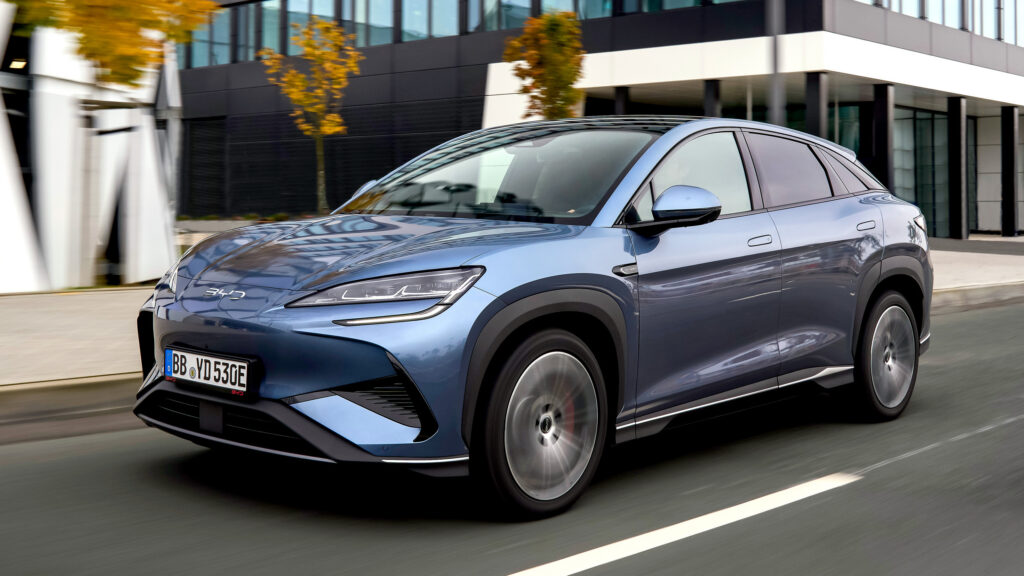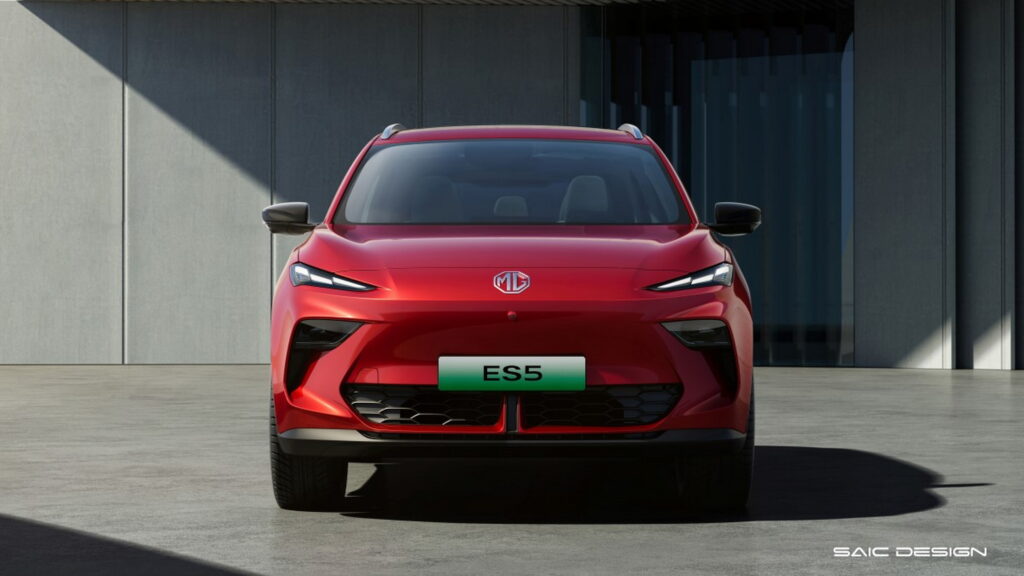EV Tariff Talks

Things are heating up between Europe and China over electric vehicles (EVs), but in a way that’s less about conflict and more about negotiation. The European Union (EU) slapped some pretty steep tariffs on Chinese EV imports, with rates reaching as high as 45.3%. These are mainly based on how much government subsidy each Chinese company gets.
Why Minimum Prices?

Now, instead of butting heads with hefty taxes, EU and Chinese officials are exploring a different strategy: setting minimum prices for Chinese EVs. This approach aims to level the playing field without relying purely on tariffs, which have been a sticky point—especially for Germany, which initially opposed these tariffs.
What’s the Potential Impact?

Both the EU and China agree this needs serious discussion. No one wants to make complicated rules that don’t work. Details on minimum prices are still up in the air, but the idea is for them to act like tariffs without being as cumbersome. The goal is effective yet straightforward enforcement.
European authorities are concerned that Chinese automakers might benefit from subsidies that give them an unfair edge. Investigations showed that some brands, like SAIC, received significant government support. Prices with these subsidies meant they could undercut Western competitors.
The Tariff Angle
When the EU decided to tax these vehicles, it wasn’t unanimous. Some countries, like Germany, saw it as counterproductive. Germany, being home to car giants like BMW and Volkswagen, argues that new trade barriers aren’t the answer.
Tariffs range from 17% for some brands like BYD and Geely to over 35% for others like SAIC. This is on top of an existing 10% import duty. The variation depends on how open these companies were during the EU’s investigations.
Driving Experience
When driving these Chinese EVs, there’s something to be said about efficiency and practicality. Though not all brands are equal, many provide a smooth ride with quick accelerations, thanks to their electric powertrains. They’re not unlike the experience of driving a Tesla Model 3, especially when it comes to acceleration and handling in urban environments.
On the road, the comparison often leans toward European makes like VW’s ID.4 or Audi’s e-tron. Chinese models sometimes lack the luxurious finishes American and European consumers might expect. However, the lower cost could make up for those discrepancies, particularly for buyers focused on budget-friendly options.
A Waiting Game
As these negotiations carry on, both sides hope for a fair solution. No one wants to stir the pot more than needed, especially with such an interconnected global EV market. Whether this minimum pricing will stick or be a temporary measure is yet to be seen. One thing’s for sure: EV producers and consumers alike will be keeping a close eye on these talks.
Rising F1 Star's Dilemma
McLaren's Le Mans Push
Jeep's Safari Unveiled
NSX-T Auction Shock
EV Charging Breakthrough